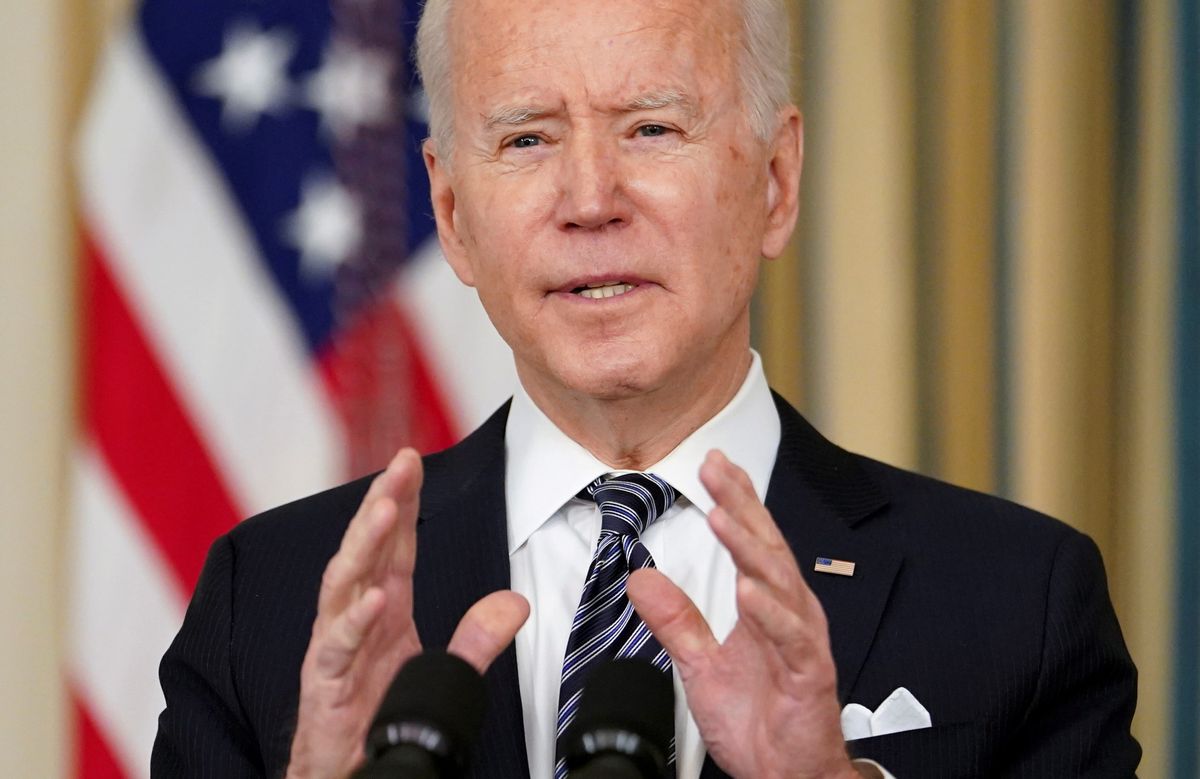What is in Biden’s proposed US$3 trillion infrastructure bill?

A few minutes every morning is all you need.
Stay up to date on the world's Headlines and Human Stories. It's fun, it's factual, it's fluff-free.
Biden and his team have held multiple bipartisan meetings over the last few weeks in order to push forward legislation they believe is necessary to improve the country’s infrastructure and compete economically with countries like China.
On Monday, March 22, the Biden administration announced plans for a US$3 trillion spending package focused on a range of issues dedicated to boosting well-paying jobs, updating crumbling infrastructure and increasing wealth and racial equity.
Biden and his team have held multiple bipartisan meetings over the last few weeks in order to push forward legislation they believe is necessary to improve the country’s infrastructure and compete economically with countries like China.
The administration, though, has a tough job ahead of them, as Biden and his team balance the wants and needs of both Republicans and progressive Democrats.
What’s in the proposal?
The Biden administration is looking to fulfill its campaign promise of “Build Back Better.” Biden’s campaign website promised to “Mobilize American ingenuity to build a modern infrastructure and an equitable, clean energy future,” among other things.
Only a few weeks after the huge coronavirus stimulus bill passed Congress to be signed into law, Biden’s team released a pair of proposals to address infrastructure, education and climate change. The first part, introduced almost immediately after the stimulus bill, focused on rebuilding the country’s infrastructure. With extreme power outages in Texas reflecting a broader need for improvements around the country, many believe this is the time to update traditional infrastructure.
US$1 trillion of the bill would go toward infrastructure, which encompasses traditional construction and improvement of roads, bridges, rail lines, ports and schools while improving power grids.
Besides these more traditional infrastructure projects, the plan also seeks to address modern-day issues built to improve equality and fight climate change. The top priority would be the development of universal broadband internet, which fills a gap for rural Americans. Additionally, the plan would train millions of workers.
Both of these provisions, the White House argues, are key to staying competitive with major powers abroad. During his campaign, the Biden team predicted that these investments would not only bring back jobs lost due to the pandemic, but that such investments would also add five million jobs.
The second part of the spending package aims to tackle racial and gender equity, another of Biden’s campaign promises. This part would dedicate money to education and programs dedicated to increasing female participation in the workforce. Additionally, the bill would extend subsidies for low- and middle-income Americans to buy health insurance and the child tax credits introduced by the relief bill.
What are the challenges?
Addressing the challenges of an aging infrastructure system and creating jobs are both bipartisan objectives. How these objectives are achieved, though, is contentious.
Republicans want to be involved in the conversation, but a bill that is agreed upon by those on the right may not go far enough for progressives. The Biden administration has to walk a fine line if it wishes to get support from those on both sides of the aisle.
One of the major issues addresses the cost of the bill and how the federal government plans on paying for it. Treasury Secretary Janet Yellen believes the government can find the funds if they readjust the tax structure.
“We expect to examine changes to tax policy along with programs that will address some of the long-standing problems that have held down productivity and labor supply in the United States," Yellen said. “We’ll address infrastructure, clot risks from climate change, education, training."
Senator Joe Manchin, a moderate Democrat from West Virginia, says he won’t vote on the bill unless there is some support from across the aisle.
“I am not going to get on a bill that cuts them out completely before we start trying,” he told Axios. Manchin also stated that the plan needed to be paid for by tax increases.
A change in the tax code does not sit well with Republicans.
At a press conference earlier in March, Senate Minority leader Mitch McConnell expressed his disapproval.
“I think the Trojan horse will be called infrastructure. But inside the Trojan horse will be all the tax increases that Sen. [Rick] Scott and others have been talking about.”
Despite this, Democrats still hold a majority, however slim, in both chambers of Congress and can pass the bill without bipartisan support.
Pete Buttigieg, Biden’s Secretary of Transportation, is looking at the challenges that infrastructure gives optimistically.
“Not every generation gets to literally build anew and shape its own future,” he tweeted on Monday. “But the generations living today in America have that chance. This is a season for thinking big about infrastructure.”
Have a tip or story? Get in touch with our reporters at tips@themilsource.com




Comments ()